Health and wellness retailer Holland & Barrett has relaunched its food line with 500 new products across stores and online, hailing it as the “biggest transformation” in the category in the brand’s history.
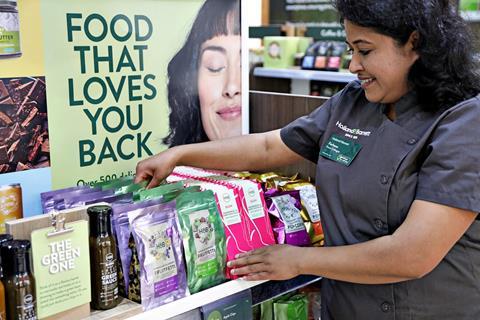
The new line – developed over the past two years with the help of nutritionists, chefs and in-house experts – is a step to “make wellness a way of life for everyone” the retailer said.
The move comes at a time when the UK’s organic food and drinks market is valued at a record £3.1bn – a growth of 25.4% in the three years since the pandemic, according to the Soil Association Certification’s organic market report for 2023.
However, with the cost-of-living crisis still biting and customers turning to discounters such as Aldi and Lidl, more specialised health food retailers have been feeling the effects, as GlobalData’s associate retail analyst Joe Dawson points out.
“High food inflation has ensured that consumers are seeking greater value for money and low prices when it comes to food shopping, which can be a detriment to more premium ranges,” he says.
“This was seen in the failure of Planet Organic, and Whole Foods Market seeing increased losses in the UK in 2022, as consumers traded away from premium retailers in favour of discounters and supermarkets.”
Planet Organic, based in London and southeast England, collapsed into administration in April, owing creditors £12.5m.
The brand was saved in a last-minute deal by its founders, but it was forced to close four of its 14 stores and is currently conducting a review of products.
Amazon-owned Whole Foods Market has also struggled in the UK and most recently reported a pre-tax loss of £26.3m from its seven London stores, blaming inflation for decreased demand.
However, the backdrop to H&B’s food relaunch is a mixed bag with some more positive outlooks such as food inflation and overall inflation starting to fall, and consumer confidence regaining some momentum in August after a dramatic six-point fall in July.
So where does H&B’s new line stand and what opportunities lie ahead? Retail Week finds out.
Target customer

Holland & Barrett has laid out its new food line at the front and centre of all its stores, with most products also available to shop online except its chilled range.
The retailer’s biggest store in London, at 526 Oxford Street, carries most of the 500 products, the packaging of which highlights calorie count, fibre intake and ‘plant points’, H&B’s new measurement system counting the variety of plants in a product.
The products are also colour-coded across categories to correspond to specific health needs, ranging from gut health to skin benefits and energy.
As well as cupboard staples such as pasta sauces, baked beans and ketchup, the new range also carries unique and trendy products such as mushroom jerky, sea moss, seaweed chips and plant-based sausages called No. 42 (after the number of tries it took to perfect the recipe).
Chief commercial officer Alex Dower says the target customer range is quite broad.
“Thirty-three million households in the UK live on a specialty diet, whether that is intolerances or lifestyle diets — they are definitely our target customers,” he says.
“But we also want to talk to our current customers who are just looking for healthy alternatives to what they eat. We are trying to say: ‘You’ve had a regular pasta sauce from a grocer – why don’t you try our 8 Plant Point pasta sauce? It’s better for you.’”
Inflation
When food inflation is at an all-time high and customers are cutting back on non-essentials, H&B’s new food range seems a step in the opposite direction.
Even though the new range starts at 79p, with more than 100 products being under £2, it still falls at the higher end of the spectrum when compared to the other own-brand ranges of major grocers.
For example, in the cupboard staples category, H&B’s 8 Plant Point pasta sauce retails at £2.99, whereas Tesco’s chunky vegetable pasta sauce is 95p. H&B’s Baked Beans with Benefits is priced at £1.99, while a can of Tesco’s own-brand baked beans costs 50p.
Commercial growth director Lisa Tookey says the retailer is not trying to compete with the grocers in pricing or positioning, but instead wants to be a destination for healthy options on the high street.
“We are not trying to be a grocer,” she says. “We have taken out a lot of commodity products that you can buy at a grocer because that is not what we do. We are a destination for nutritional top-up.
“A healthy diet is the foundation of being healthy. For us as a business, that’s at the core of what we do. It’s not about timing. It’s about the necessity to be relevant, innovative and leading the market.
“Of course, we are absolutely mindful of where people are in terms of cost of living, but what we know from our customer point of view, or even the customers that we are trying to attract, is that they are coming to us for a mission and an absolute need. They are happy to pay for products that are good value and great-quality ingredients that they can’t get anywhere else.”
Competition
H&B’s unique selling point is its focus on products tailored to dietary requirements, intolerance and specific health benefits.
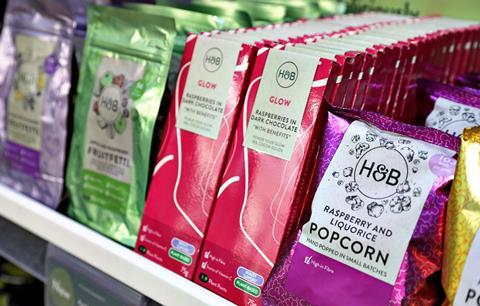
“Despite this, it is unlikely to be a disruptor in the market as supermarkets and discounters have upped their game when it comes to healthy food,” says Dawson.
Tesco has pledged to remove 100 billion calories from its own-brand products in the next two years as it aims for 65% of its sales to be ‘healthy’ by 2025.
Sainsbury’s, meanwhile, has launched a new range of healthy foods called Flourish in 2022, with products ranging from healthy snacks to ready meals.
But with H&B’s existing customer base and vast store network, it may be better placed than other retailers. Half of its customer baskets contain food.
Dawson says: “Its extensive store portfolio and health-oriented customer base will put it in a good position in the healthy food market. But it will be imperative for the retailer to target more affluent consumers that will have been less affected by the ongoing cost-of-living crisis and market the range as a supplement to a weekly shop to entice more price-conscious consumers.”




















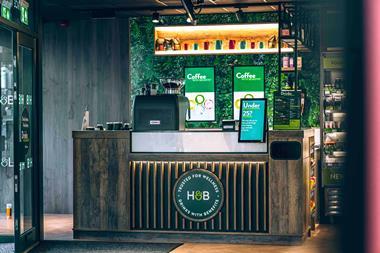
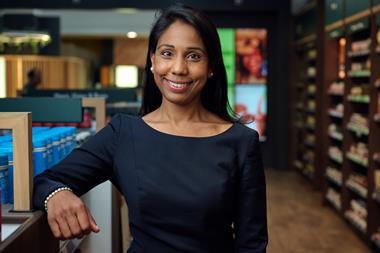
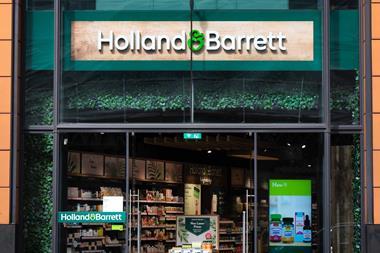
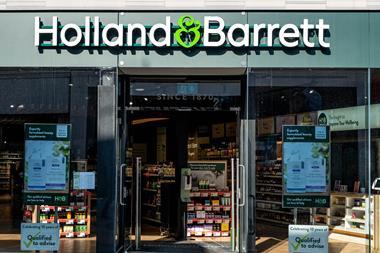
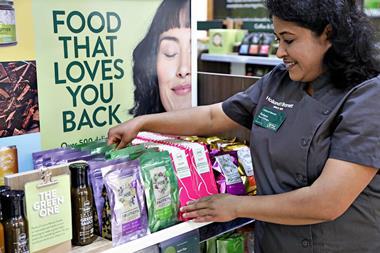
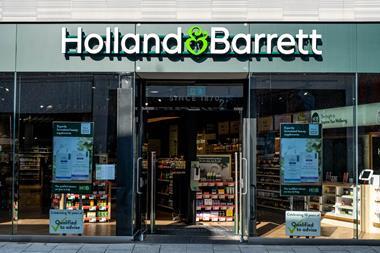
No comments yet